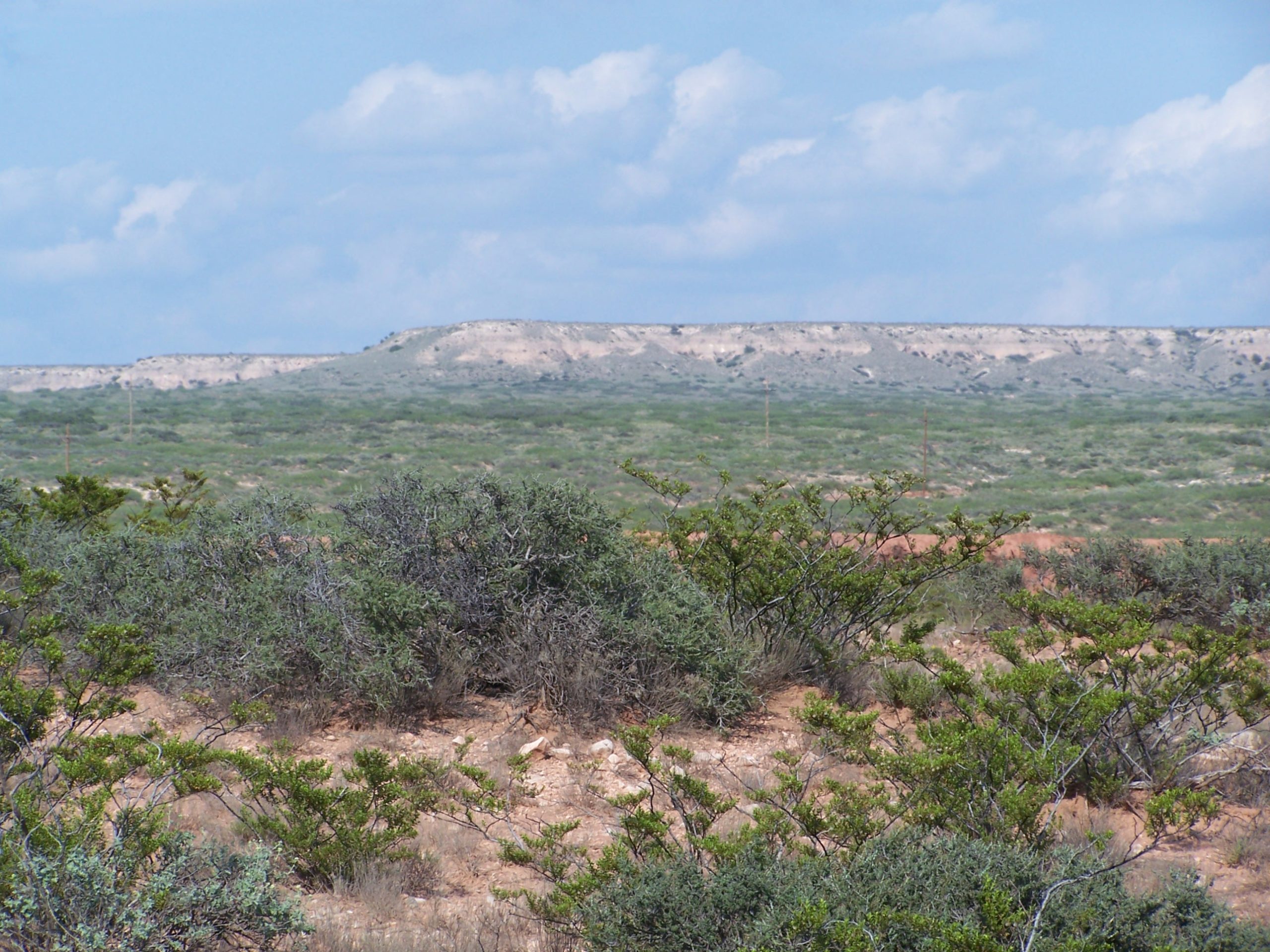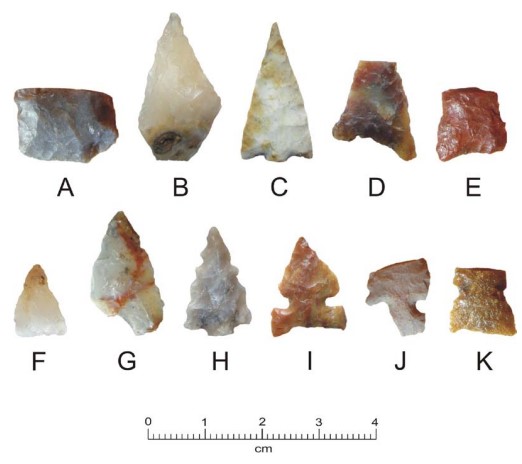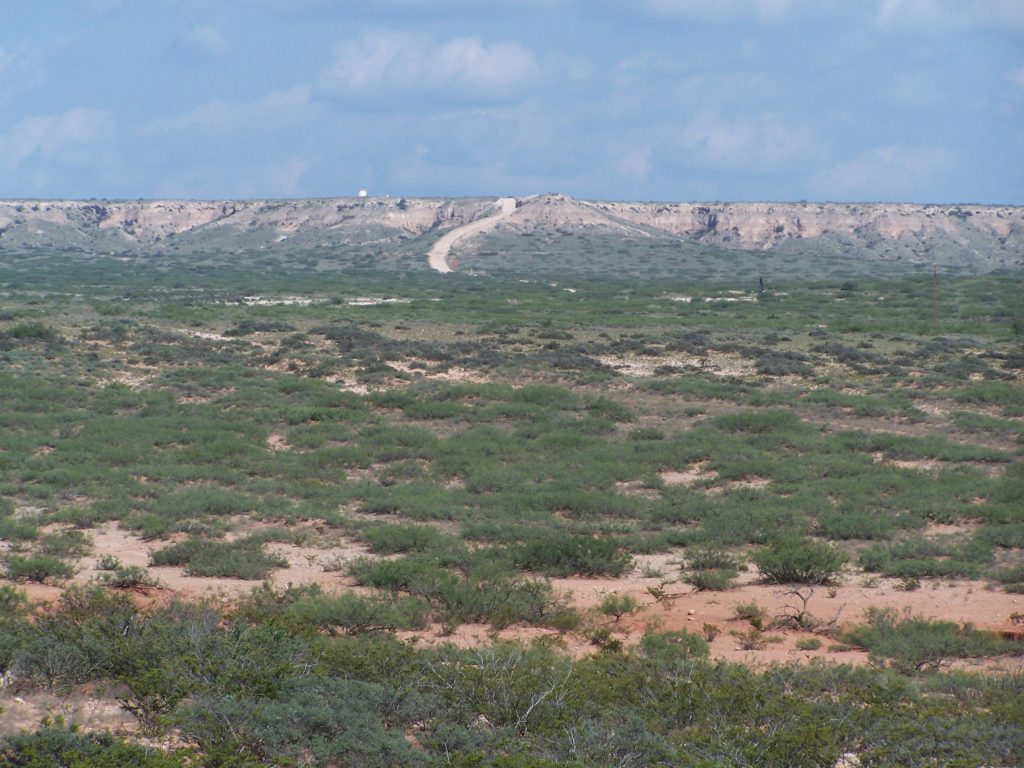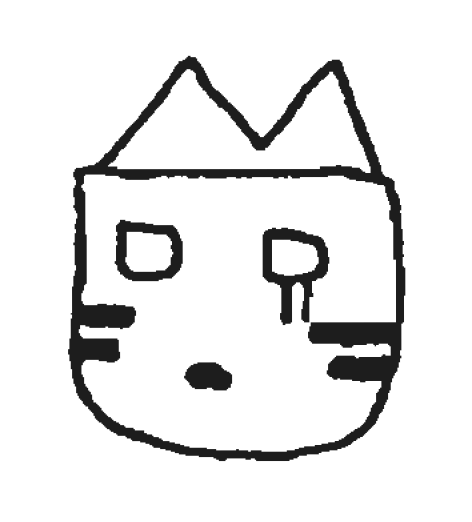Boot Hill

Generations of ancestors settled at the Boot Hill site, revisiting the hunting camp intermittently for roughly 1,000 years between the Late Archaic period through the Formative period.
Residents of the Boot Hill site were largely nomadic, meaning that peoples lived here only part of the year. Although their presence was occasional, families living at Boot Hill built strong relationships with the land. From their reliance on indigenous plants and animals as sources of food, to the use of local materials to make their tools, to the location of the camp, it is clear that these ancestral people worked with the land to survive and thrive.
Who’s in the Neighborhood?
Residents of the Boot Hill site also built relationships with groups much further away than their immediate neighbors. Some pottery at the camp originated in Casas Grandes in Mexico (roughly 300 miles to the southwest), the Mimbres region of New Mexico (roughly 300 miles to the west), and the Gila region in Arizona (roughly 500 miles to the west), suggesting that Boot Hill residents traded with other groups living both in and well beyond the region.
The sense of community was also strong within the members of the Boot Hill community. Quite often family members who died at this site were buried with beads made of shell, bone, and even pieces of broken pottery that were repurposed into pendants. Finding personal objects like jewelry in burials shows us that the people living at the Boot Hill site not only made, wore, and valued these objects in life, but that their belief systems valued these things in death as well. Making these objects and wearing them or gifting them to others may have created strong bonds between people, and these bonds are clearly illustrated in the carefully placed burials.
What’s for Dinner?
Although we call the Boot Hill site a hunting camp, the residents were also foraging, processing and cooking plants. At Boot Hill, ancestors ate everything from large bison to small rabbits, as well as indigenous grasses such as little barley, and native plants Cucurbita (gourd/pumpkin/ squash), agave, yucca, saltbush, goosefoot, and prickly pear cactus. Together animal and plant remains left at the Boot Hill site tell us that residents had a colorful diet full of proteins, grains, and vegetables.
Tools of the Trade
Ancestors living here relied on the land to make their tools. For hunting and butchering, residents used local stones including chalcedony, chert, and quartzite to make spear points, arrow heads, and knives.
To process their food, they used grinding stones made mostly of sandstone. Processing and cooking made grains more enjoyable to eat and illustrate that people at Boot Hill site used advanced technologies when preparing their meals. To cook and carry food, residents made ceramic jars and bowls from clay found nearby the camp.

Living on the Land

The Boot Hill site is located almost directly west of the White Mountain (also known as the Sierra Blanca Mountain) and northwest of Guadalupe Mountain. Both of these peaks, along with Three Sisters and Oscura, are sacred to the Mescalero Apache people.
The location of the Boot Hill site places it among an abundance of fresh-water springs. These water sources would have attracted animals, who visited to drink their water, as well as plant life that grew around the springs. A location so near to food and water sources likely drew ancestral residents to this spot originally, and kept them coming back time and time again.
Boot Hill is also in close proximity to other archaeological sites including Burro Tanks, Laguna Plata, and the Merchant site. Burro Tanks and Laguna Plata sites were settled around the same time as Boot Hill, and were also hunting or seasonal camps. It is possible that as neighbors the residents of these three sites interacted, sharing resources and knowledge when they crossed paths. The Merchant site is a permanent village that residents established during the Formative period. Could the permanent residents of the Merchant site be the descendants of the nomads who established Boot Hill, Burro Tanks, and Laguna Plata?
